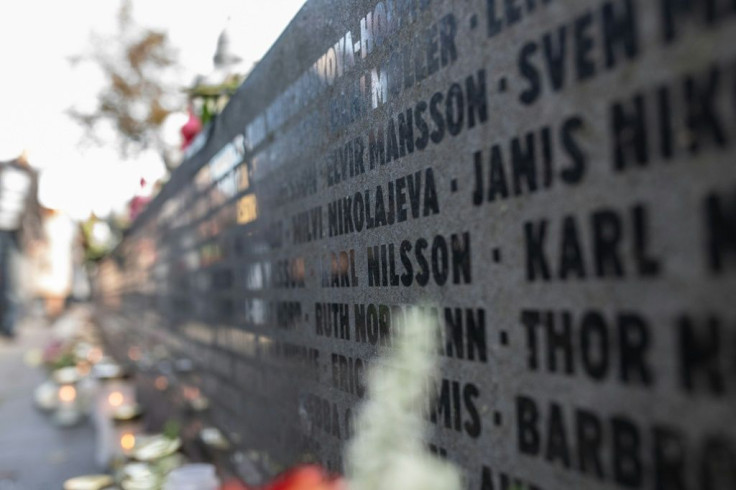Filmmakers Acquitted Over Filming Estonia Ferry Wreck
A Swedish court on Monday acquitted two filmmakers charged with violating the sanctity of the wreck of the Estonia ferry, which sank in the Baltic Sea in 1994 killing 852 people in one of the 20th century's worst maritime disasters.
The team sent a remote-operated submersible to the ship while filming a documentary that revealed a massive hole in the ship's hull, casting doubt on the findings of an official investigation into the sinking.
After deciding not to salvage the wreck, Sweden, Estonia and Finland agreed in 1995 to designate it a final resting place and make it illegal to disturb the site, and this was the first time the law was applied.
The two Swedes -- the documentary's director Henrik Evertsson and deep-sea analyst Linus Andersson -- faced a fine or up to two years in prison.
In the end, however, they were cleared of the charges.
The court found that although the pair had committed actions punishable under the so-called "Estonia Law", they could not be held accountable since they were on a German flagged ship in international waters at the time.
While several countries have signed on to the 1995 accord, Germany has not.
"Of course this feels good," Evertsson told AFP. They had not expected that they would actually be charged, even if they were met by German police already when they returned with the boat to Rostock after the dives in September 2019, he added.
The accused told the court that they had not believed they did anything illegal since they were operating from a German boat.

They also argued that their actions should be protected under Sweden's constitutional protection for freedom of speech and information, but the court said this was not a "carte blanche" to commit criminal actions.
The court however noted that had they been on a Swedish flagged ship they would have been liable under the law, but as they were on a different country's ship in international waters applying the Swedish law would violate international maritime law.
Public prosecutor Helene Gestrin told news agency TT that she had not yet decided whether to appeal the ruling. She has until March 1 to decide.
In any case, the team's discoveries sparked calls for a new probe into the cause of the disaster and in December Sweden announced plans to amend the law to allow a re-examination of the wreck.
The original inquiry concluded that the disaster was caused by the bow door of the ship being wrenched open in heavy seas, allowing water to gush into the car deck, and the countries involved have been reluctant to re-examine the issue.
Experts however told the filmmakers that only a massive external force would be strong enough to cause the rupture, raising questions about what really happened that night.
Survivors and relatives of those killed have fought for over two decades for a fuller investigation.
Some of them argued -- even before the new hole was revealed -- that the opening of the bow visor would not have caused the vessel to sink as quickly as it did.
Some have speculated that the ferry may have collided with another vessel, either a military ship or a submarine, or that an explosion caused the sinking.
The ship, which was sailing from Tallinn to Stockholm, went down in less than an hour in the early hours of September 28, 1994.
Only 137 of those on board survived.
© Copyright AFP 2024. All rights reserved.





















